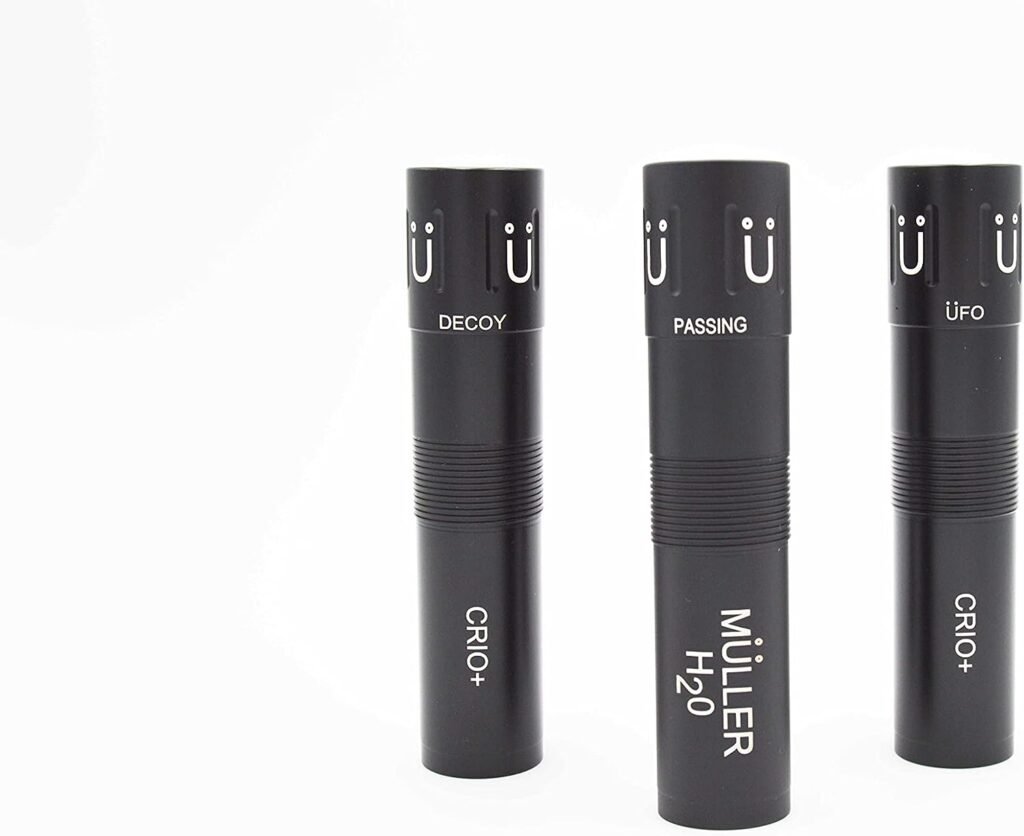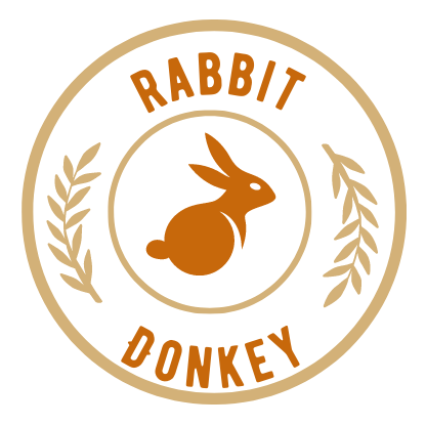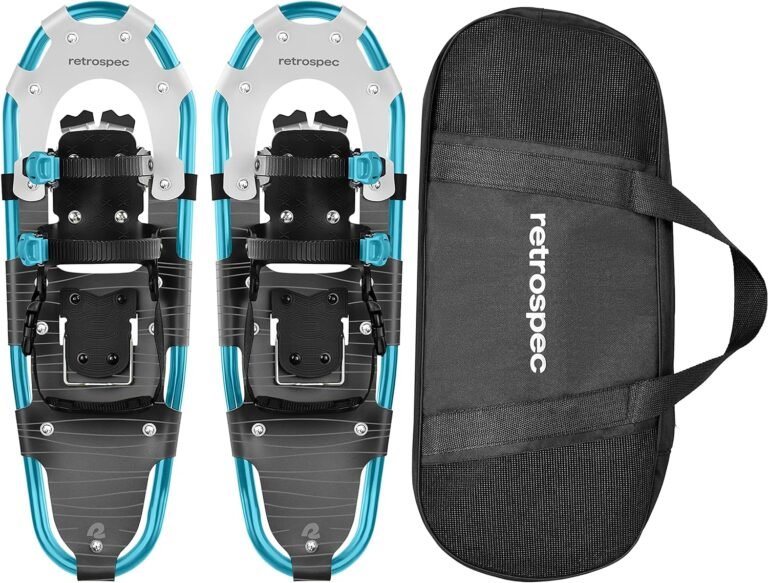Unlocking Success: The Best Choke for Rabbit Hunting Revealed
Rabbit hunting, a cherished outdoor activity enjoyed by many enthusiasts, combines the thrill of a hunt with the joy of being immersed in nature. This centuries-old tradition has not only served as a means of sustenance but also as a recreational pursuit that tests one’s skills and patience. In this blog, we will review the best choke for rabbit hunting.
Whether pursuing rabbits for sport or sustenance, hunters understand the importance of honing their shooting techniques and employing the right equipment to ensure a successful harvest.
Rabbit Hunting as a Popular Outdoor Activity
For generations, rabbit hunting has captivated individuals seeking adventure in the great outdoors. Armed with shotguns and an indomitable spirit, hunters set out to traverse fields, woodlands, and brushy areas to pursue these small game animals.
The excitement builds as they track elusive rabbits through their natural habitats, employing stealth and cunning to outsmart their prey. Rabbit hunting is not merely about securing a meal; it encompasses much more.
It harkens back to our primal instincts—to our ancestors who relied on their hunting prowess for survival. Today, it offers an escape from the hustle and bustle of modern life—a chance to reconnect with nature and tap into our primal inclinations.
Furthermore, rabbit hunting is an excellent gateway for novice hunters looking to develop fundamental skills before venturing into larger game pursuits. The size and behavior of rabbits make them ideal targets for honing marksmanship abilities while gaining valuable experience in tracking and fieldcraft.
Using the Right Choke for a Successful Hunt
In any sporting endeavor, having the appropriate tools can significantly impact one’s chances of success. Rabbit hunting is no exception—it requires careful consideration when selecting equipment such as shotguns and chokes.
A choke is an essential component within a shotgun barrel that affects the spread of pellets as they exit the muzzle. The right choke can optimize shot pattern density.
Understanding Chokes for Shotguns
A choke, in the context of a shotgun barrel, refers to a constriction at the muzzle end that controls the spread of shot pellets when fired. It is essentially a narrowing of the bore diameter at the muzzle, which affects how the shot pattern disperses as it travels downrange.
The primary purpose of using chokes is to optimize shot placement and increase effectiveness while hunting or shooting. The choke acts by tightening or loosening the pattern formed by the shot pellets as they leave the barrel.
A tight choke will keep shot pellets closer together, creating a smaller spread and allowing for longer effective range but sacrificing wider coverage. In contrast, a more open choke allows for wider spreading patterns, ideal for close-range shots or situations where quick target acquisition is crucial.
Different Types of Chokes Available
Shotgun chokes come in various types, each designed to offer specific performance characteristics suitable for different shooting scenarios. Here are some commonly used chokes:
- Cylinder Choke: The cylinder bore has no constriction; hence, it provides minimal restriction to the shot pellets’ path. This results in an open pattern with the maximum spread at shorter distances, making it ideal for close-range shots or hunting rabbits within a dense cover.
- Improved Cylinder Choke: Slightly tighter than the cylinder bore but still relatively open, this choke offers slightly more control over pellet dispersion while maintaining good coverage at medium ranges. It strikes a balance between tight patterns and versatility.
- Modified Choke: With moderate constriction compared to the cylinder and improved cylinder chokes, modified chokes provide a versatile option suitable for various hunting scenarios. It offers a good balance between tight patterns and maintaining effectiveness at longer ranges, making it a popular choice for many hunters.
- Full Choke: The tightest choke commonly used, full chokes significantly constrict the barrel’s bore diameter, resulting in highly concentrated shot patterns. They are most effective at longer distances, providing maximum range and penetration. However, full chokes have limited spread, making them less suited for close-range shots or hunting in dense cover.
Choosing the right choke depends on the shooting range, target size, environmental conditions, and personal preference. Understanding the characteristics of each choke type empowers hunters to make informed decisions based on their specific hunting requirements.

Choosing a Choke for Rabbit Hunting
Range and Distance
When selecting a choke for rabbit hunting, it is crucial to consider the range and distance at which you anticipate shooting. The optimal range for rabbit hunting typically falls within 10-40 yards. At closer distances, a wider shot pattern is desirable to increase the chances of hitting fast-moving targets.
In contrast, longer shots require a tighter pattern to ensure accuracy and lethality. Therefore, your choke selection should be based on the shooting distances you expect to encounter on your hunting grounds.
Shot Pattern
To effectively hit targets while rabbit hunting, understanding shot patterns and their impact is essential. Shot patterns refer to how the pellets disperse from the shotgun barrel when fired. For longer shots, it is crucial to have a tighter pattern that keeps the pellets closely grouped.
This allows for greater precision when aiming at rabbits within extended ranges. Conversely, when hunting in close quarters or dense vegetation, opting for a wider shot pattern becomes advantageous as it increases the probability of hitting fast-moving targets.
Best Choke Options for Rabbit Hunting
A: Cylinder Choke:
The cylinder choke offers a wide shot pattern suitable for close-range shooting during rabbit hunts. With minimal constriction inside the barrel, this choke allows pellets to spread rapidly over short distances. It becomes an ideal choice when hunting rabbits in thick cover or dense vegetation where quick reflexes are necessary.
B: Improved Cylinder Choke:
The improved cylinder choke provides a slightly tighter pattern than the cylinder choke, making it suitable for medium-range shots during rabbit hunts. With slightly more constriction inside the bore than its counterpart, this choke strikes an excellent balance between spreading pellets enough at closer ranges while offering improved accuracy up to approximately 30 yards. It proves effective when hunting rabbits in open fields or areas with moderate cover.
C: Modified Choke:
The modified choke offers a moderately tight shot pattern, making it suitable for longer-range shots during rabbit hunts. With increased constriction compared to the cylinder and improved cylinder chokes, this option provides greater accuracy and tighter pellet grouping at distances beyond 30 yards. Its versatility allows hunters to tackle various hunting scenarios with confidence.
D: Full Choke:
The full choke represents the tightest constriction available, resulting in the tightest shot pattern among the various options. While not typically recommended for rabbit hunting due to its narrow spread, it can be utilized when faced with extremely long-range shots or specific situations requiring precision shooting. However, caution must be exercised as using a full choke at close distances may risk damaging valuable meat due to excessive pellet penetration.
Conclusion
In pursuing successful rabbit hunting, choosing the right choke is pivotal in achieving accuracy and effectiveness. Considering range and distance is important for optimal targeting, while understanding shot patterns allows hunters to adapt their approach according to specific circumstances. The cylinder choke proves advantageous for close-range encounters in dense cover, while the improved choke strikes an effective balance for medium-range shots.
For longer distances, both the modified choke and full choke offer viable options depending on individual preferences and situational requirements. By selecting an appropriate choke that aligns with shooting conditions and target proximity, hunters can increase their chances of a rewarding rabbit-hunting experience filled with precision and success.







